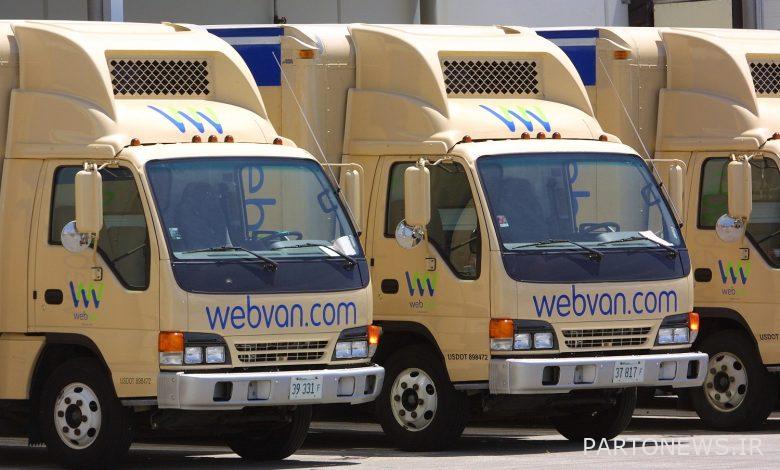WebVan, the victim of big dreams – Ecomotive

In the startup environment, it is a habit to talk about successes to keep our hopes alive for the future, but it is a big mistake to forget the failures of the past and not benefit from the experiences of the past. For this purpose, the Ecomotive team has collected the experiences of a series of failed startups, so that reviewing their failed stories may be a basis for the success of new startups in Iran’s startup community. This collection will be published and made available to the audience in the form of the story of failure. We review the eleventh part of this series, which deals with the failure of the Webvan Group startup.
WebOne was founded by Louis Borders in 1996 during the Internet fever days. He was also one of the founders of Borders bookstore in 1971. Webone in collaboration with engineering company Bechtel, spent 1 billion dollars to build its warehouse and also bought a fleet of trucks to deliver goods to its customers. On the other hand, the shares of his rival company; that’s mean Homegrocer which was not in good condition, he bought it for 1.2 billion dollars.
investment Benchmark And Sequoia Each of them invested 3.5 million dollars in the first round (Series A) in 1997 and bought each share for 9.58 cents. Later, other investors entered the field with much more funds (including Yahoo with 10 million dollars). The total of these investments in Webone reached 396 million dollars. The company raised another $375 million in an initial public offering in November 1999, valuing the company at $4.8 billion. At that time, the company reported cumulative revenue of $395,000 and a cumulative net loss of over $50 million.
At its peak in 2000, WebOne had $178.5 million in sales but spent $525.4 million.
At its peak, the company operated in more than ten American markets: San Francisco, Dallas, San Diego, Los Angeles, Chicago, Seattle, Portland, Oregon, Atlanta, Georgia, Sacramento, Orange Country and California; with the hope of increasing this figure to 26 cities by 2001.
Investors put a lot of pressure on the company to reach profitability sooner. The same pressure and rapid growth later plagued Webvan, so that Cnet He called this business one of the biggest failures in history.
None of the company’s senior managers or investors, as well as the CEO himself, had any experience in the supermarket industry, even though George Shahin joined this company from the head of the consulting office. Andersen He had resigned. Webon had to pay Shaheen a high salary because he earned $4 million a year in his previous position. Shaheen resigned as CEO of the company in April 2001 when WebOne was about to close.
The company lost more than $800 million and in June 2001, filed for Chapter 11 bankruptcy protection, laying off 2,000 employees. And as part of the company’s closing process, all non-perishable food was donated to local food banks.
Webvan entered the field of Internet retail when there was no high-speed Internet in homes and Internet business had not yet reached its maturity stage. But all the legacy left behind from this pioneering company are the colorful boxes for carrying its goods in homes and distinctive looking vans that have now taken on a new color.
Study proposal
How do you rate this article?


